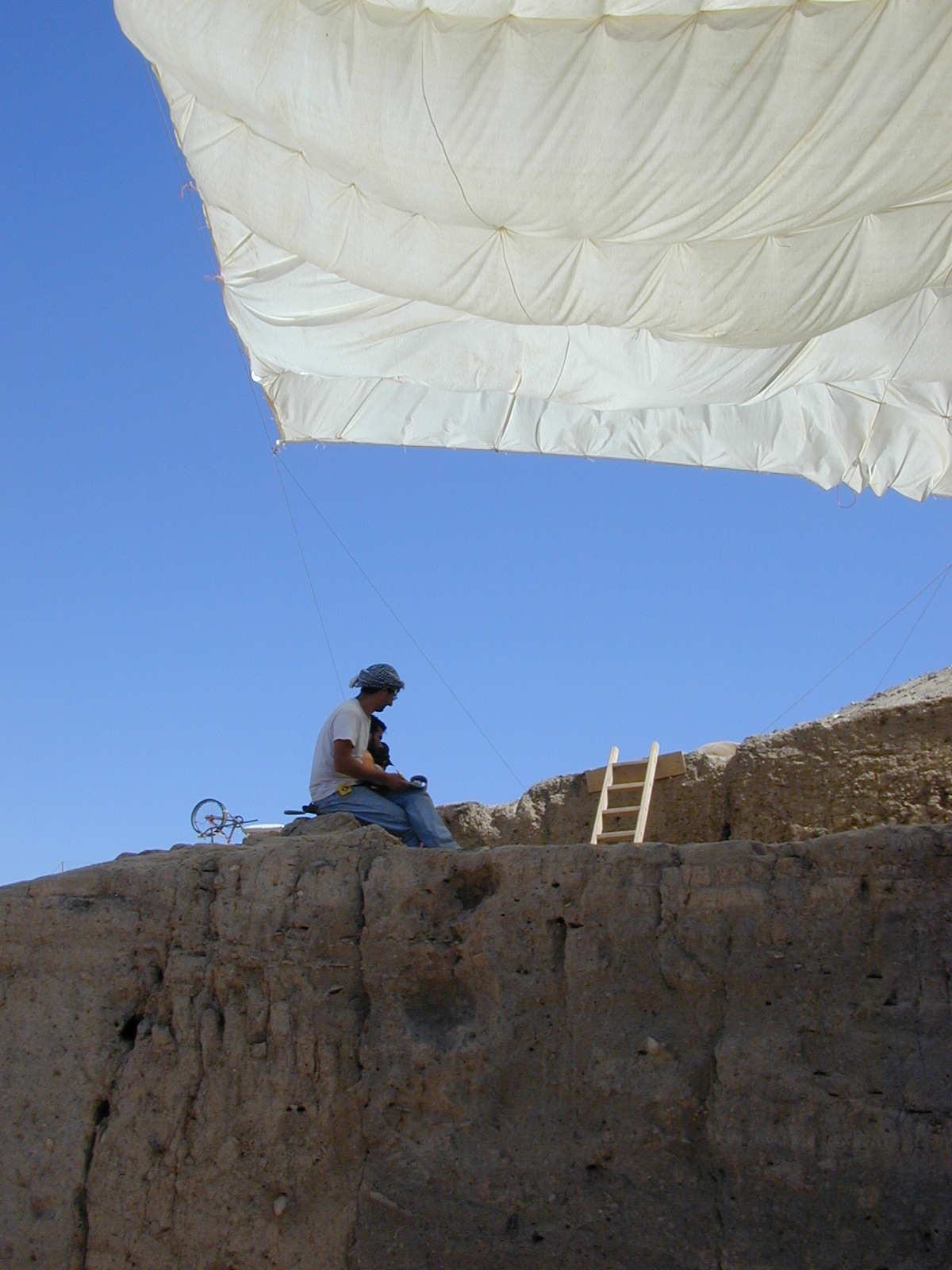Michelangelo was speaking as an archaeologist when he claimed that in sculpting he only removed the excess marble to expose the form. This is literally true in our case. How do we free an ancient building from the grip of the earth that fully envelops it? Reflecting is as important as excavating. How will we proceed to unveil what still remains unexcavated?
Once brought back to light and re-embedded in our awareness, how do we keep and present our finds? What are the methods of analysis? There are some fundamental issues of theory, that govern the basic approaches to a variety of different types of data. For each, it is indispensable to maintain a clear determination as to the properties of the pertinent approach. We must not confuse the various levels of analysis. The central points which we follow in each of these areas are identified in this section, and discussed in some detail.
